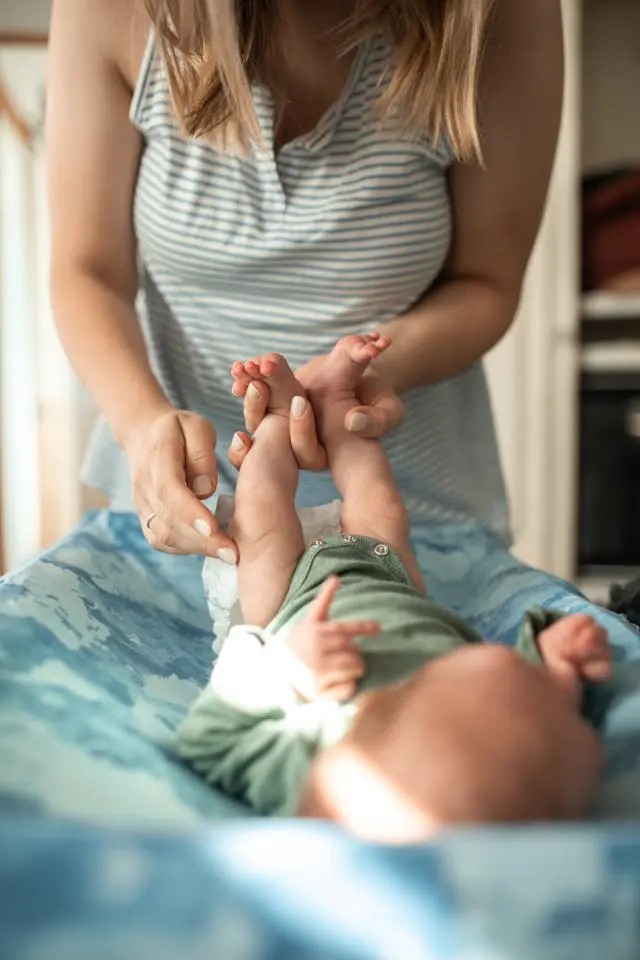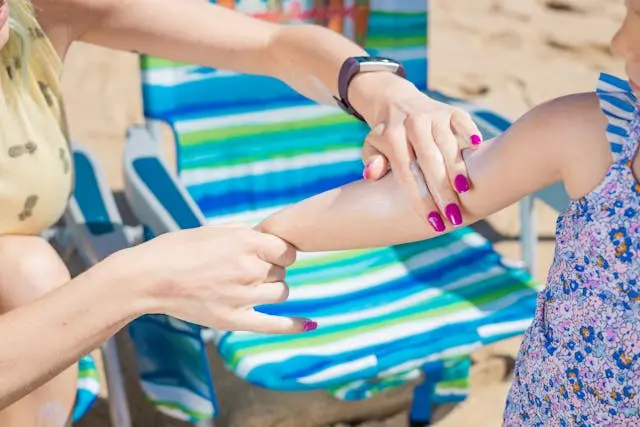As a parent, nothing is more distressing than seeing your baby uncomfortable, especially when diaper rashes strike. If you’re on the hunt for a solution, you’ve likely come across Sebamed Rash Cream for Babies, one of the most talked-about products in the baby care world. But does it live up to the hype? In this honest and detailed review, I’ll share everything you need to know about Sebamed Rash Cream—from my personal experience to its pros and cons—so you can decide if it’s the right choice for your little one.
What Makes Sebamed Rash Cream Stand Out?
Sebamed is a trusted name in baby care, renowned for its science-backed formulations that are gentle on sensitive skin. The Sebamed Rash Cream for Babies promises relief from diaper rashes while protecting your baby’s delicate skin from further irritation. Its unique selling point? A pH of 5.5, which matches your baby’s skin, supporting its natural barrier.
Here’s what the cream claims to do:
- Quickly soothe and heal diaper rashes
- Prevent further irritation with a protective barrier
- Nourish and moisturize delicate skin
First Impressions of Sebamed Rash Cream
When I first tried Sebamed Rash Cream, I was immediately impressed by its smooth texture. Unlike some thick, sticky rash creams, this one is lightweight and spreads easily. It has a mild, pleasant fragrance that isn’t overpowering—a big plus for babies sensitive to strong scents.
I used the cream on my son who occasionally gets red, irritated skin from his diapers. Within just a day, I noticed a significant reduction in redness. That’s when I understood why so many parents swear by Sebamed.
Key Ingredients in Sebamed Rash Cream
The effectiveness of any rash cream boils down to its ingredients. Sebamed Rash Cream is no exception, and here’s what makes it special:
1. Panthenol
Panthenol, also known as pro-vitamin B5, is a superstar when it comes to soothing and repairing skin. It supports natural healing and reduces inflammation.
2. Titanium Dioxide
This ingredient forms a protective barrier over the skin, shielding it from moisture and irritants, which are the primary culprits of diaper rashes.
3. Chamomile Extract
Chamomile is known for its calming properties. In this cream, it helps reduce redness and soothe irritated skin.
4. Skin-Friendly Lipids
These lipids moisturize and nourish your baby’s skin, ensuring it stays soft and hydrated even after frequent diaper changes.
Mom Tip: If your baby has particularly sensitive skin, always do a patch test before using any new product. Sebamed is gentle, but every baby’s skin reacts differently!

My Experience: Does Sebamed Rash Cream Work?
From a mom’s perspective, the Sebamed Rash Cream lived up to its promises. Here’s a breakdown of my experience:
1. Immediate Relief
One evening, my baby had a particularly bad diaper rash after a long car ride. I applied Sebamed Rash Cream, and by the next morning, the redness had noticeably subsided. The soothing effect was almost instant.
2. Protective Barrier
What I love about this cream is how it creates a protective barrier. During the day, even with frequent diaper changes, my baby’s skin stayed soft and rash-free.
3. Long-Term Use
Over the months, I’ve noticed that regular use of Sebamed Rash Cream not only treats rashes but also prevents them. It has become a staple in our diaper bag.
How to Use Sebamed Rash Cream Effectively
To get the best results, it’s essential to use the cream correctly. Here’s what I do:
- Clean and Dry the Area: Gently clean your baby’s bottom with water or baby wipes. Pat dry—don’t rub, as this can worsen irritation.
- Apply a Thin Layer: Take a small amount of Sebamed Rash Cream and spread it evenly over the affected area.
- Use Every Diaper Change: For severe rashes, apply the cream at every diaper change. Otherwise, use it as a preventive measure.
Pro Tip: If you’re cloth diapering, make sure the cream doesn’t interfere with the diaper’s absorbency. Using a liner can help.
Pros and Cons of Sebamed Rash Cream
Pros
- Gentle on Skin: Perfect for sensitive skin, thanks to its pH 5.5 formula.
- Effective Results: Provides quick relief and long-term prevention.
- Non-Greasy Formula: Spreads easily without leaving a sticky residue.
- Mild Fragrance: Ideal for babies who can’t tolerate strong scents.
- Dermatologically Tested: Backed by science for safety and effectiveness.
Cons
- Pricey: It’s more expensive than some other rash creams, but the results justify the cost.
- Tube Size: The tube might feel small for moms dealing with frequent rashes.
Real Mom Story: My friend, who has twins, shared that while she loved the cream’s effectiveness, she wished it came in a larger size to accommodate her needs.

Why I Recommend Sebamed Rash Cream
As a mom, I’ve tried several rash creams over the years, but Sebamed Rash Cream for Babies stands out for its effectiveness and gentleness. Its science-backed formulation gives me peace of mind, knowing I’m using a safe product on my baby’s sensitive skin. Yes, it’s pricier than some alternatives, but the results make it worth every penny.
Final Thought: If you’re tired of trying rash creams that don’t deliver, give Sebamed a shot. It’s a game-changer in keeping your baby happy and comfortable.
Final Verdict: Should You Buy Sebamed Rash Cream for Babies?
If you’re looking for a rash cream that offers quick relief, long-term protection, and is gentle enough for daily use, Sebamed Rash Cream for Babies is an excellent choice. Its premium price tag reflects its premium quality, and it’s a product I’d wholeheartedly recommend to any parent.
Have you tried Sebamed Rash Cream? Share your experiences in the comments below—I’d love to hear how it worked for your little one!
How quickly does Sebamed Rash Cream work?
You’ll often see improvement within a few hours, and most rashes heal within 24-48 hours with consistent application.
. Can I use Sebamed Rash Cream daily?
Absolutely! You can use it as a preventive measure during every diaper change to keep your baby’s skin protected.
Is Sebamed Rash Cream suitable for severe diaper rashes?
While Sebamed Rash Cream is highly effective, severe rashes might require consultation with a pediatrician to rule out underlying infections.






